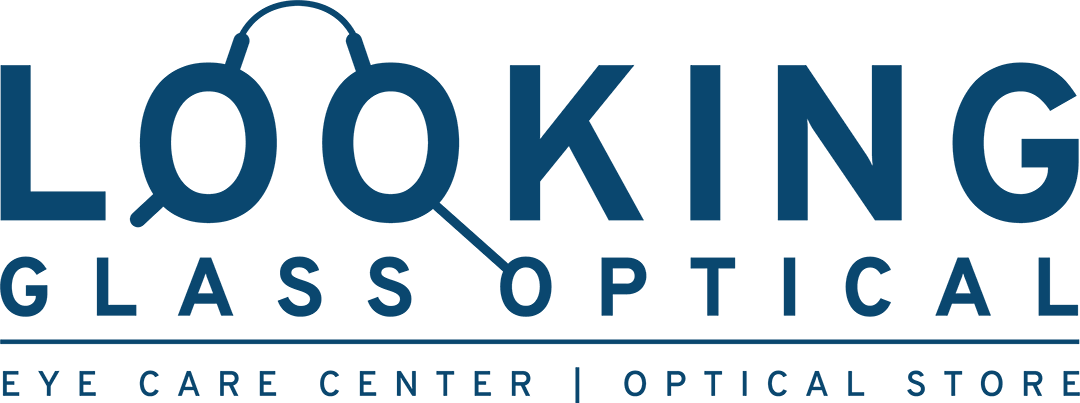Types of Refractive Errors & What You Need to Know to Help Your Eyes
Refractive errors are vision problems that impact how well you can see. These disorders affect the way your eyes bend light. Refractive errors are problems that happen when the shape of your eyes prevents light from focusing the way it should on your retina. The most common types of vision problems are refractive errors. Read on to learn more about different types of refractive errors and how you can help your eyes.
Nearsightedness
Nearsightedness, also called myopia, makes it difficult to see faraway objects clearly. It’s a type of refractive error that happens when the eye grows too long, back to front, or when there are issues with the eye’s clear front layer or with the lens. In cases of myopia, light focuses in front of the retina and not on it, which affects the appearance of distant objects. This condition usually starts in children between the ages of 6 and 14.
Farsightedness
Farsightedness, or hyperopia, makes it difficult to see nearby objects clearly. It’s a condition that happens when the eyeball is too short from back to front. It can also occur if there are problems with the shape of the lens or the cornea. With farsightedness, light focuses behind the retina instead of on it. People with farsightedness tend to be born with it.
Astigmatism
Astigmatism is a refractive error that makes both nearby and faraway objects look blurry and out of focus. The cause is a cornea or lens with an abnormal shape, which causes light to bend differently than it should when it enters the eye. Many people have astigmatism from birth, but others can develop it in childhood or young adulthood. It’s common for people with astigmatism to also have farsightedness or nearsightedness.
Presbyopia
Presbyopia affects most people when they get older, especially after they reach 45. It’s a condition that makes it difficult to see things up close. It happens because your lens becomes harder and less flexible with age and stops focusing light correctly on the retina. People with presbyopia can have other refractive errors as well.
Symptoms & Treatment of Refractive Errors
Various symptoms can indicate a refractive error. Some of the most common ones include:
- Double vision
- Hazy vision
- Squinting
- Headaches
- Seeing a halo or glare around bright lights
- Eye strain
- Trouble when reading or looking at a computer
In some people, symptoms are mild enough to go unnoticed. To help your eyes, you should get regular eye exams. Experts will quickly be able to notice the change and provide the right treatment options.
The treatment to help your eyes will depend on the kind of refractive error you have. Glasses are usually the easiest way of correcting refractive errors, though contact lenses can also help. Contact lenses sit on the surface of your eye, so they can correct the errors efficiently.
In some instances, surgery may be necessary. Laser eye surgery can help reshape your cornea, fixing refractive errors. Your optometrist will be able to help you choose the right surgical procedure for the condition you have.
Help Your Eyes With Regular Exams
Getting regular eye exams is essential. These exams can catch any visual issues quickly so that you don’t have to deal with symptoms or worsening conditions. Refractive errors are common, and there are several treatment options to help you get clear and dependable vision.
You can turn to Looking Glass Optical for help with refractive errors. With the right people on your side, you can protect your eyes. Reach out to us and book an appointment today.
